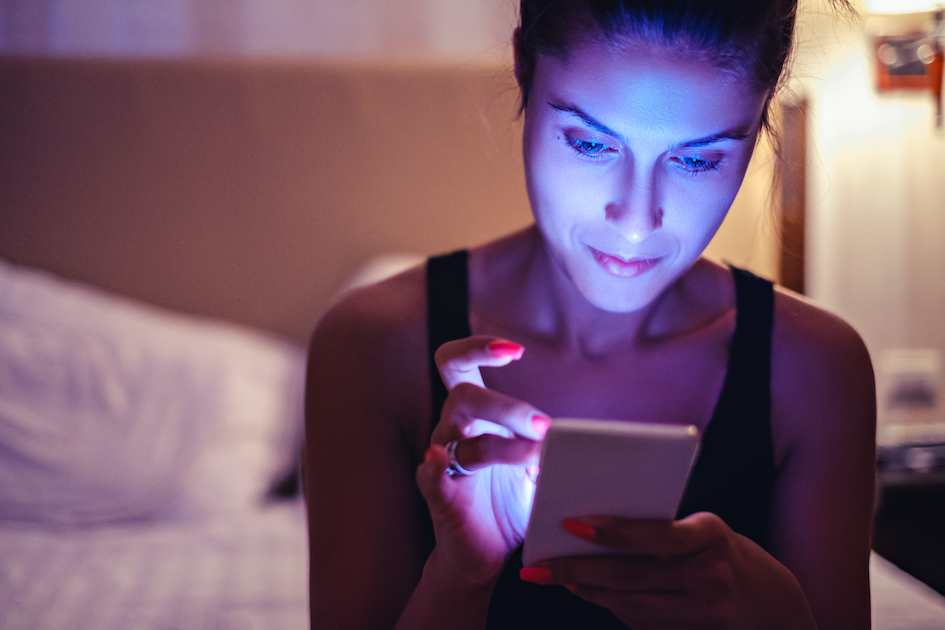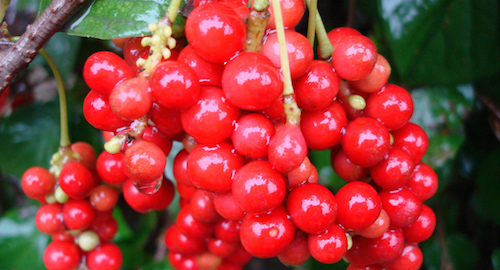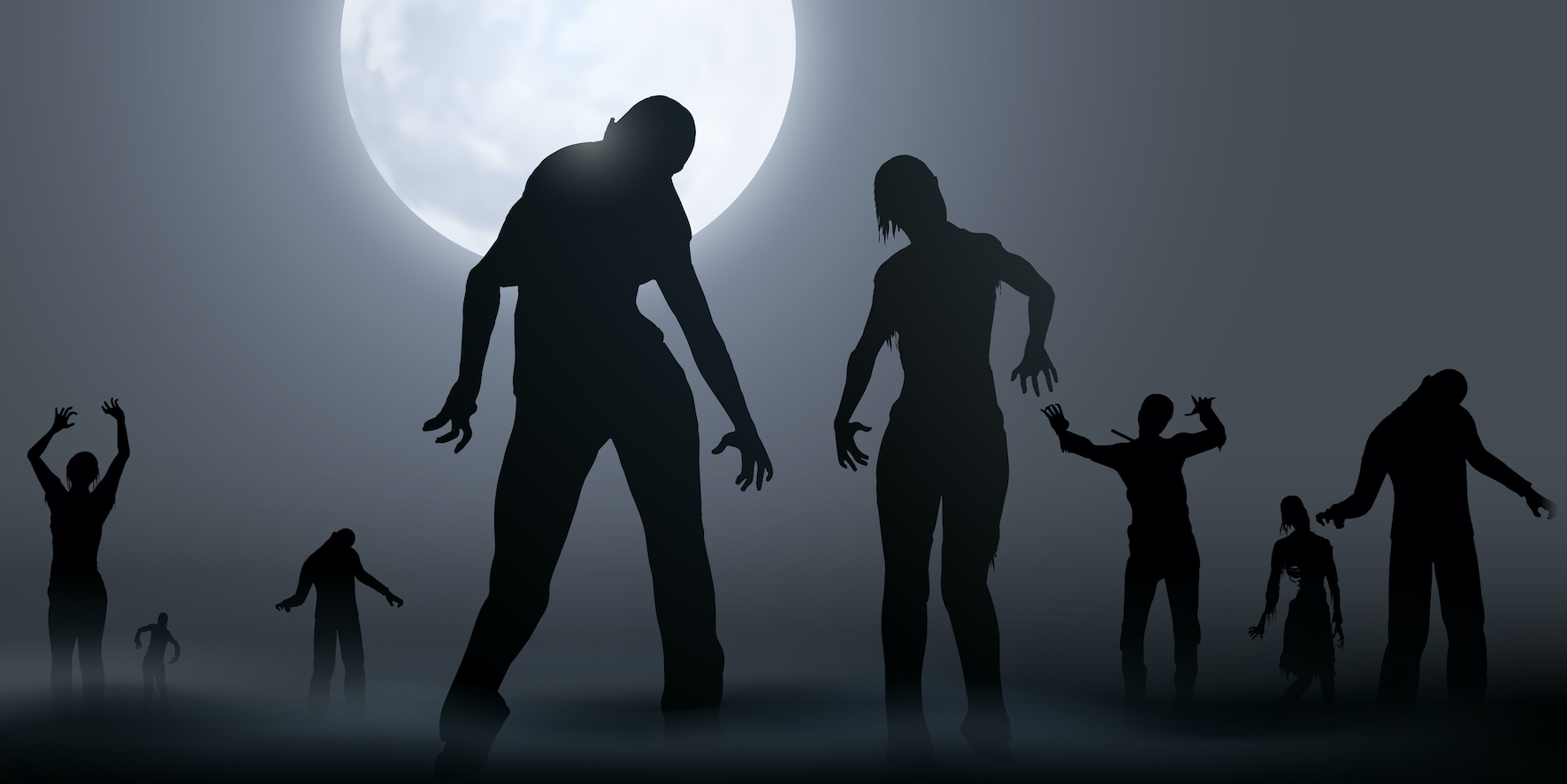We all know that too much screen time isn’t just a vice for bored quarantined kids. Most of us feel we spend too much time with our smart phones or tablets and as someone running web-based businesses, I don’t want to count the hours I spend in front of my laptop screen. But scientists are telling me that I should because blue light exposure is very likely damaging my skin.
Blue light, a high energy visible light (HEV), is present in sunlight and exists in the wavelength between 380 and 500nm. We are also exposed to it from smartphones, computers, TV sets, tablets and LED lights.
If exposed to blue light for a long time, it can disturb sleep or damage vision. Blue light also has a negative impact on skin causing pigmentation, loss of firmness or moisture. In the past, however, there has been no clinical trials that verified in detail the harmful impact on skin from everyday blue light exposure. Yet, researchers at Unilever found that 64% of people are unaware of the effect that blue light can have on their skin.
So, should they be more aware? What constitutes too much, or damaging blue light exposure? And what can we do to mitigate its effects?
Unilever estimates that 60% of consumers are spending more than six hours a day in front of a digital device. Five working days on a phone or laptop can reportedly have the same impact on the skin as spending 25 minutes in midday sun without any protection.
Consumers who are exposed to 30 hours of blue light from a smartphone or laptop screen can increase their inflammation level in skin cells by 40%. The blue light emitted from screens can induce both immediate and persistent pigmentation, which can still be present after three months.
In a separate study, Amore Pacific, found that blue light at the 456nm wavelength causes skin pigmentation. In addition, collagen type 1 is damaged, leading to sagging skin.
Despite digital pollution warnings, I am not going to be giving up my screens this side of retirement. So what’s a girl to do?
Fortunately, researchers have been discovering some active ingredients that prevent as well as repair blue light damage. One of these is extract of the terminalia chebula tree. So far, I have only found it in oral supplements. Another, is ectoin, which is used in some cosmetics to restore moisture, but remains relatively rare.
Carotenoids reduce blue light-induced hyperpigmentation. They are one of the main components of calendula, which can be found in E’shee Clinical Esthetic Elixir of Life KI Therapy Serum ($189 in the shop).
Micronized zinc oxide protects from UA, UB and blue light. This is the active in Prana Purifying Day Lotion SPF30 ($40 in the shop) and Ao Skincare 6000X Elemental Screen ($45 in the shop). Zinc oxide is also in Dr Dennis Gross Dark Spot Sun Defense ($42 in the shop), which also contains oryza sativa (rice extract) for additional blue light protection.
Caesalpinia spinosa is a tree native to the Peruvian Andes that utilizes hydrolysable tannins and gallic acid to protect the skin from blue light. You can find it in Expürtise Effective Anti-Aging Rich Moisturizer ($95 in the shop) and Prana Active Vitamin Lift Serum ($75 in the shop).
Vitamin B6 combats visible-light-induced antioxidant depletion and suppresses oxidative stress caused by visible light. It is one of several B (including niacinamide) vitamins in Transderma O Optimal Booster ($175 in the shop). Niacinamide is vitamin B3 and it restores skin surface cells from blue-light-induced oxidative stress and provides strong protection against skin damage caused by blue light. It is also in WOW This Cream is Really Good ($250 in the shop).
Become a member to read this article in full
Your membership includes:
- Full Site-Wide Access - to all articles, reviews, features + ingredient research
- Exclusive Access - spa services, treatments, life coaches + MORE
- Cosmetic Concierge - personal consultations with Marta
- Early Access - to new product launches
- First to Know - about new ingredients + innovative products
- Bonus Rewards + Gifts
- Exclusive Offers + Deals
- Expedited Shipping
Become a member


















